13 Budget-Friendly Ways to Winterize Your Home
Winter is coming, and it is the perfect time to make sure your home is prepared for the colder months ahead. Simple and affordable steps can help keep your home warm without breaking the bank. With a little planning, you can avoid costly repairs and reduce energy bills. Take a look at these practical tips that can save you money while keeping you cozy. Start now, and enjoy the peace of mind that comes with knowing your home is ready for winter.
This post may contain affiliate links, which helps keep this content free. Please read our disclosure for more info.
Seal Drafts Around Doors and Windows
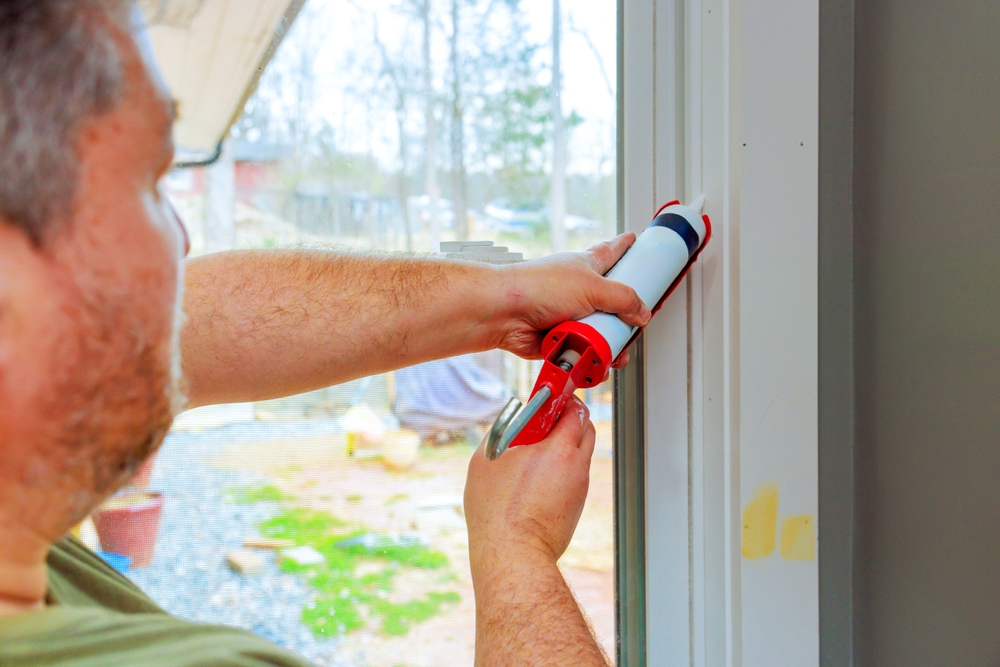
A common source of heat loss in the winter is the drafts around your doors and windows. Sealing these drafts with weatherstripping or caulking can make a noticeable difference in your home’s warmth. Focus on areas where the cold air enters, especially around the edges of windows and doors. This simple and low-cost step can help reduce heating costs and improve comfort inside your home.
If you find that certain windows or doors are particularly drafty, consider adding heavy curtains or draft stoppers. This will add an extra layer of insulation to help keep the warmth inside. By taking care of these gaps now, you can prevent unwanted heat loss and make your home more energy-efficient during the colder months.
Insulate Your Attic
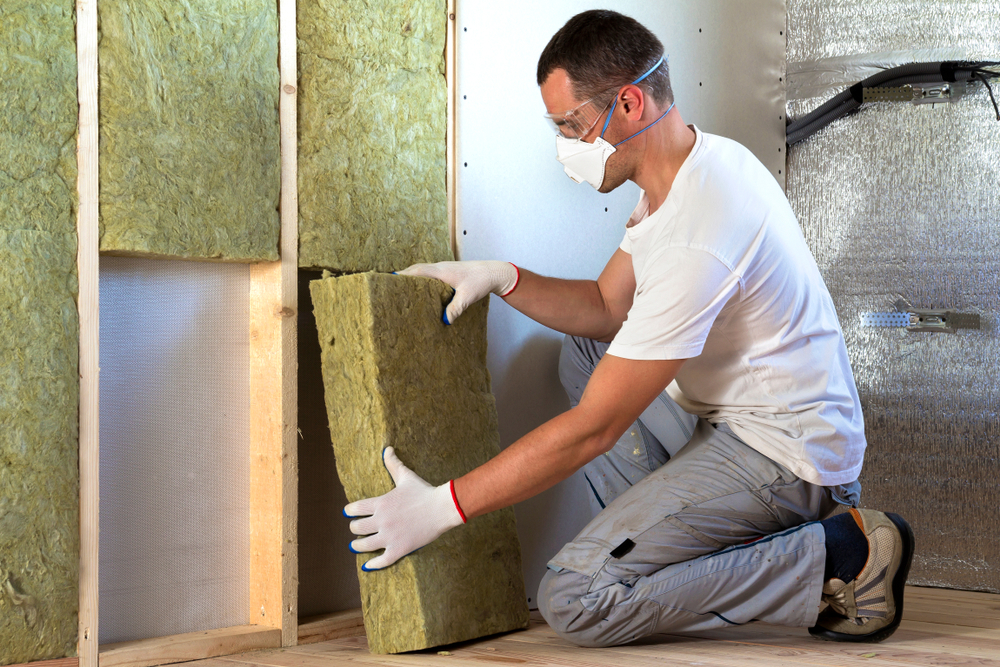
An uninsulated attic is one of the biggest contributors to heat loss in a home during the winter. Adding insulation to your attic can significantly reduce energy costs by keeping the warm air from escaping. You can use affordable insulation materials like fiberglass or cellulose to fill in gaps and provide better coverage. Even adding a few extra inches of insulation can make a noticeable improvement.
Be sure to also check for any vents or cracks in the attic that might let cold air in. Sealing these areas can help keep your home’s heat in place and stop unwanted drafts. This simple improvement can be completed without a large investment, yet it provides long-lasting benefits.
Reverse Ceiling Fans

Ceiling fans are not just for summer, since they can be helpful during the winter too. Reversing the direction of your ceiling fans can help circulate warm air from the ceiling down to the rest of the room. Many fans have a switch that allows you to change the direction with ease. This small change can help evenly distribute the heat and improve comfort without increasing energy use.
Running your fan on low speed in a clockwise direction helps to push warm air downward. This trick can be especially useful in rooms with high ceilings or areas where the heat tends to rise. It is a quick and cost-effective way to boost the warmth in your home without spending money on additional heating.
Install a Programmable Thermostat

A programmable thermostat allows you to set your heating to turn on and off at specific times. This is a great way to prevent wasting energy when no one is at home or while you are asleep. Many models are inexpensive and easy to install, making it a practical option for anyone looking to save on their energy bills. With a programmable thermostat, you can ensure that your home is warm when you need it and cooler when you do not.
In addition to saving money, this tool provides the convenience of never having to remember to adjust the temperature. It can help regulate the temperature of your home more efficiently and consistently throughout the day. The upfront cost is low, and the savings on your heating bills over time will add up.
Insulate Pipes
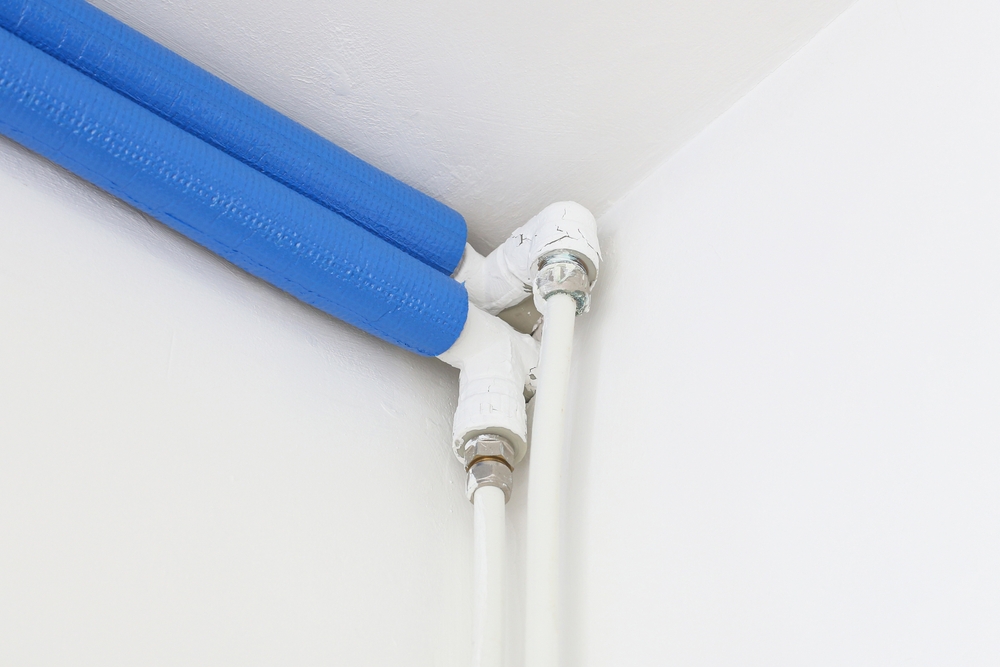
Frozen pipes can cause major damage to your home during the winter months. Insulating your pipes can help prevent them from freezing and bursting, which can lead to costly repairs. You can purchase pipe insulation sleeves or use foam pipe covers, both of which are affordable and easy to install. Focus on areas such as basements, attics, and crawl spaces where pipes are more exposed to the cold.
In addition to protecting your pipes, this simple step can help retain heat in the water, making your heating system more efficient. It is a small task that can save you from a potential plumbing disaster. By taking action now, you can avoid costly emergency repairs in the middle of winter.
Close Unused Vents and Doors

Closing off rooms that are not in use can help you conserve energy and focus the heat on the rooms you are using. Start by closing vents and doors in unused areas, such as guest rooms or hallways. This allows you to direct more heat to the living spaces and reduces the load on your heating system. Make sure to use a draft stopper at the base of doors to prevent cold air from entering.
This can help reduce your energy consumption and lower your heating bills. It is a small change that makes a big difference in overall energy efficiency. Taking the time to close off unnecessary spaces can help keep your home cozy without having to turn up the thermostat.
Check Your Fireplace
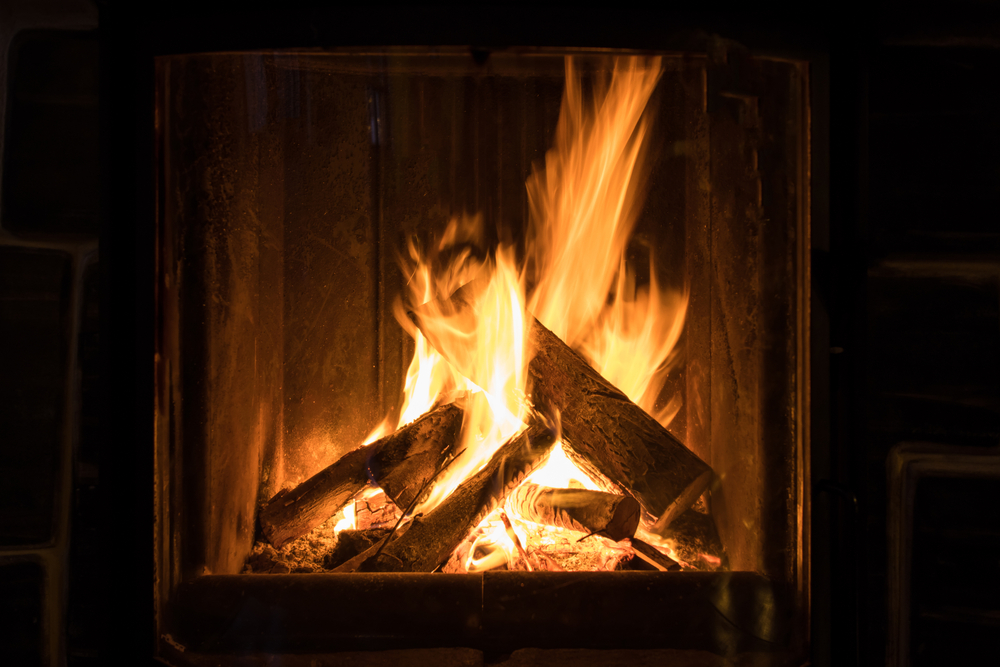
Before lighting your fireplace, it is important to make sure it is sealed properly to prevent heat from escaping. Check for cracks in the mortar and repair any damage to the chimney or firebox. You may also want to add a chimney cap to prevent drafts and keep cold air from entering through the fireplace. A well-maintained fireplace can be an efficient heat source when used properly.
Consider using a fireplace draft stopper when you are not using the fireplace to keep warm air from escaping. By taking these simple steps, you can ensure that your fireplace helps warm your home without wasting energy. A small investment in maintenance can save you a great deal on heating costs.
Upgrade Your Furnace Filter
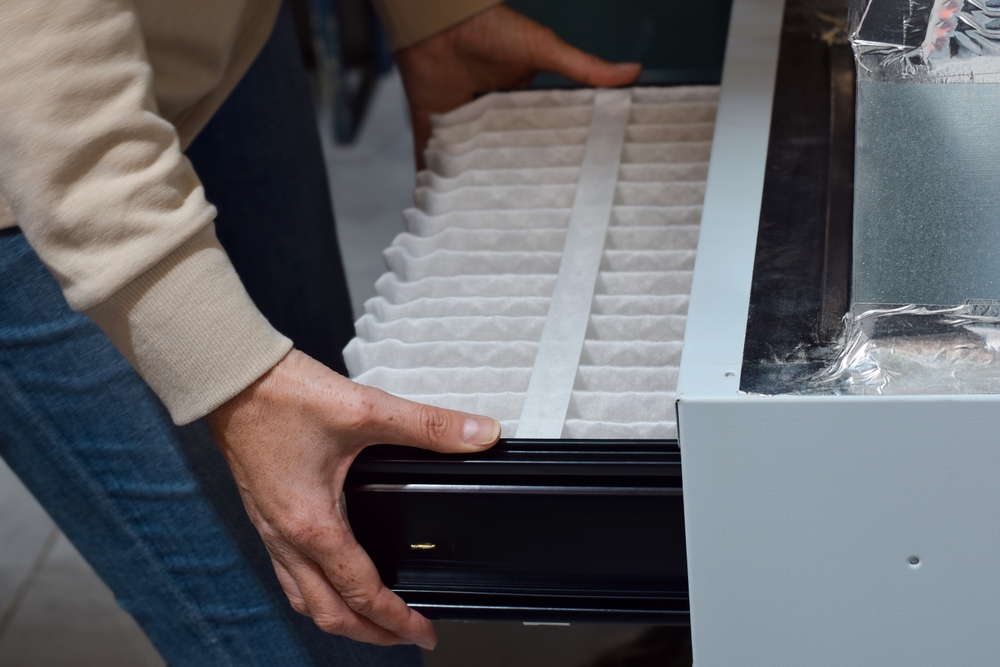
Your furnace works harder in the winter, and a clogged or dirty filter can reduce its efficiency. Replacing or cleaning your furnace filter regularly helps to keep air flowing properly, making your heating system work more effectively. Filters are inexpensive and easy to replace, and this small change can extend the life of your furnace while lowering energy costs.
By upgrading your furnace filter, you also improve the air quality in your home, which is an added benefit during the winter months when windows are typically closed. Clean filters help to circulate air more effectively, providing a more comfortable living environment. Make this a regular task to ensure your heating system operates at its best.
Use Draft Stoppers and Curtains

Draft stoppers are inexpensive and effective tools to block the cold air from entering your home. They can be placed at the bottom of doors or windows to keep drafts from seeping in. Pairing these with heavy curtains or thermal blinds can further reduce heat loss and keep your home warmer. Consider using thermal curtains on windows that face outside, as they can keep warmth inside.
This combination of draft stoppers and curtains is an easy and budget-friendly way to improve insulation and cut heating costs. These additions can make a noticeable difference in how comfortable your home feels during the winter. It is an investment in comfort without spending too much money.
Check Your Roof for Leaks

A leaking roof can let in cold air and cause drafts in your home. Inspect your roof for any missing shingles, cracks, or signs of wear. Repairing small leaks now can prevent bigger problems later in the season. If you find any damage, patching it up will prevent cold air from entering your home and causing heat loss.
It is a good idea to check the attic for any signs of water damage as well. Make sure the insulation in your attic is in good condition and that there are no gaps allowing heat to escape. Addressing these issues now can save you from more serious repairs later on.
Replace Light Bulbs with LEDs

Switching to energy-efficient LED light bulbs is one of the easiest ways to cut down on energy costs. LED bulbs use less electricity and last longer than traditional incandescent bulbs. While the initial cost may be higher, the savings over time will more than make up for it. Consider replacing bulbs in high-use areas like the kitchen, living room, and hallway.
In addition to saving on energy costs, LED bulbs provide better light quality, which can be particularly useful during the long winter nights. This small change can help reduce your overall electricity usage and make your home more energy-efficient. The switch to LED bulbs is both an affordable and sustainable step.
Insulate Your Water Heater
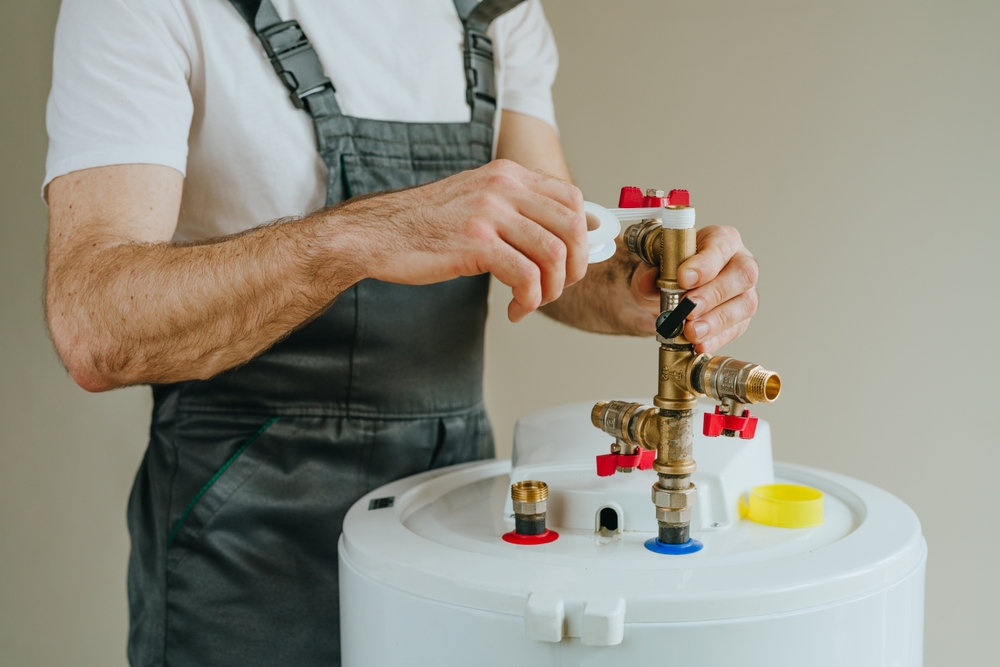
Water heaters are often an overlooked source of heat loss in the winter months. By insulating your water heater, you can help it retain heat and reduce the amount of energy needed to keep the water hot. Insulation blankets are affordable and easy to install. They can lower your water heating costs and extend the life of your appliance.
Be sure to insulate the pipes that connect to the heater as well. This will help keep the water at a consistent temperature as it travels through the pipes. Insulating your water heater is a simple improvement that can make a big difference in how efficiently your home uses energy.
Maintain Your Heating System
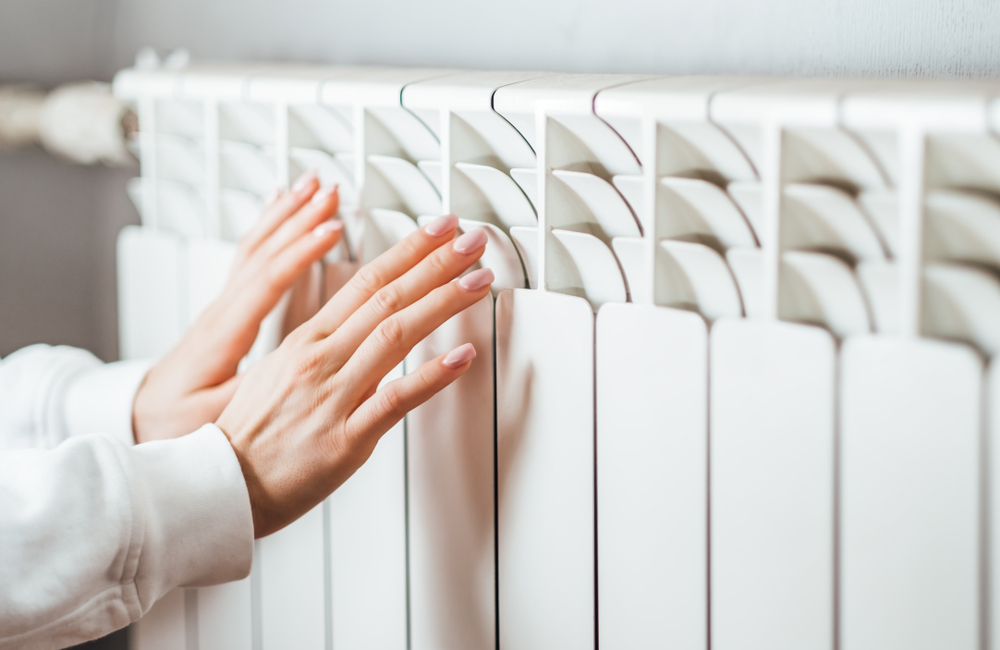
Regular maintenance of your heating system is crucial for ensuring it runs efficiently during the winter. Have a professional inspect your system each year to check for any issues that could lead to poor performance or breakdowns. A well-maintained heating system uses less energy and provides more consistent heat. It is better to address small problems now rather than wait for a costly repair later.
Changing the filter, cleaning the vents, and checking the thermostat are simple maintenance tasks you can perform yourself. These small actions help keep your heating system in top condition and prevent unnecessary repairs. Taking care of your system will ensure that your home stays warm without wasting energy.
This article originally appeared on Avocadu.
